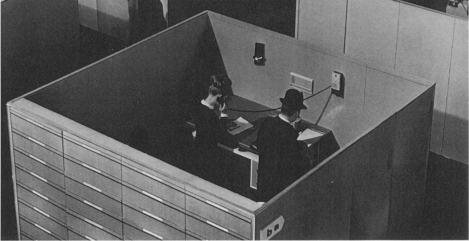April 10, 2013
The latest edition of the Insight newsletter is now online
 The April 10 edition of the Insight newsletter is now available to view online covering a range of themes from commercial property to ergonomics, human resources to workplace technology, office design to legislation, all done with the usual verve and willingness to tackle issues in a genuinely engaging and unique way. Office Insight is already the most widely read publication in the UK dedicated to workplace design and management with up to 1,000 unique readers daily. The online newsletter is available to read here and it’s quick and easy to subscribe through the main website if you don’t receive a copy already.
The April 10 edition of the Insight newsletter is now available to view online covering a range of themes from commercial property to ergonomics, human resources to workplace technology, office design to legislation, all done with the usual verve and willingness to tackle issues in a genuinely engaging and unique way. Office Insight is already the most widely read publication in the UK dedicated to workplace design and management with up to 1,000 unique readers daily. The online newsletter is available to read here and it’s quick and easy to subscribe through the main website if you don’t receive a copy already.
























April 10, 2013
What the CIFF 2013 show taught us about workplaces in China
by Mark Eltringham • Comment, Flooring, Furniture, Workplace design